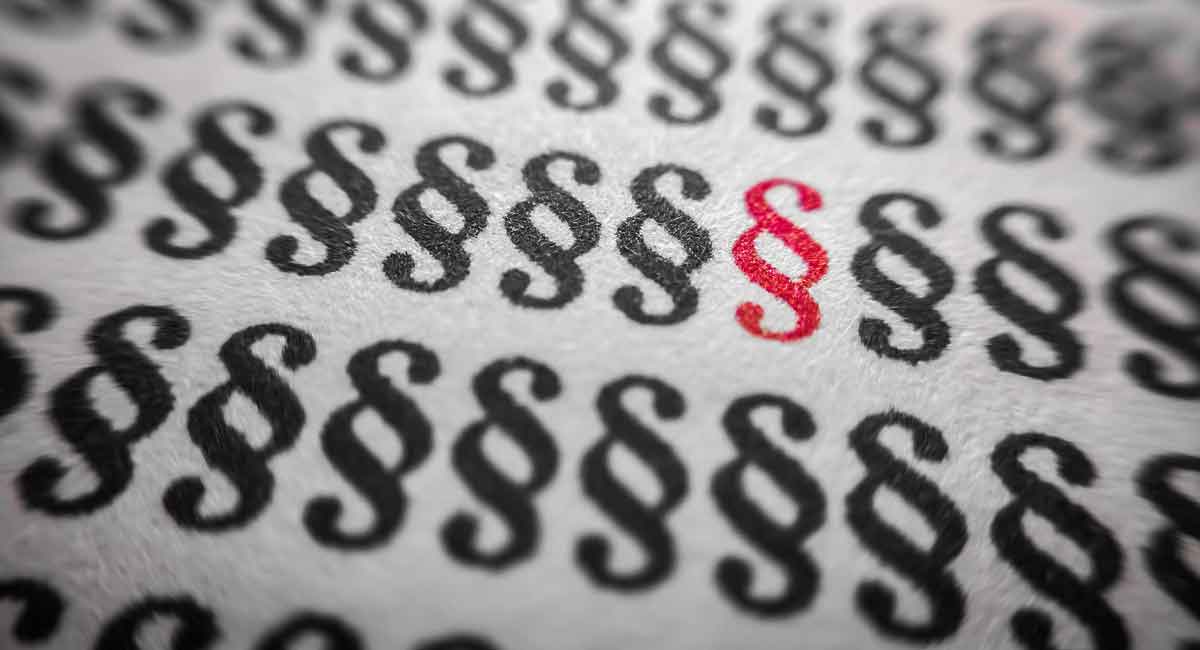
When you write, it is important to use paragraphs. Paragraphs make your writing easier to understand. A reader can follow your ideas when you divide them up into paragraphs. Your writing will be more organised and have better structure. If you do not use paragraphs, your writing seems unprofessional or immature.
What is a paragraph?
A paragraph is a group of sentences about one topic. We show a paragraph in two different ways using space:
- with an indent (putting space at the beginning of the line); or
- with a line between paragraphs.
Remember that space is very important in English writing.
This is an example of showing a paragraph with an indent: |
And the same writing, with a line between each paragraph: |
|
→Tokyo has many islands, which extend as far as 1850 km from central Tokyo. Because of the islands' distance from the centre of the city, local offices administer them. |
Tokyo has many islands, which extend as far as 1850 km from central Tokyo. Because of the islands' distance from the centre of the city, local offices administer them. The Izu Islands are a group of volcanic islands and form part of the Fuji-Hakone-Izu National Park. The islands in order from closest to Tokyo are Izu Ōshima, Toshima, Niijima, Shikinejima, Kozushima, Miyakejima, Mikurajima, Hachijojima, and Aogashima. The Ogasawara Islands include, from north to south, Chichi-jima, Nishinoshima, Haha-jima, Kita Iwo Jima, Iwo Jima, and Minami Iwo Jima. Ogasawara also administers two tiny outlying islands: Minami Torishima, the easternmost point in Japan and at 1,850 km the most distant island from central Tokyo, and Okino Torishima, the southernmost point in Japan. |
Do not write every sentence, or phrase, on a new line like this:
Tokyo has many islands,
which extend as far as 1850 km from central Tokyo.
Because of the islands' distance from the centre of the city, local offices administer them.
The Izu Islands are a group of volcanic islands and form part of the Fuji-Hakone-Izu National Park.
The islands in order from closest to Tokyo
are Izu Ōshima, Toshima, Niijima, Shikinejima, Kozushima, Miyakejima, Mikurajima, Hachijojima, and Aogashima.
The Ogasawara Islands include, from north to south,
Chichi-jima, Nishinoshima, Haha-jima, Kita Iwo Jima, Iwo Jima, and Minami Iwo Jima.
Ogasawara also administers two tiny outlying islands:
Minami Torishima, the easternmost point in Japan and at 1,850 km the most distant island from central Tokyo,
and Okino Torishima, the southernmost point in Japan.
Writing like this is no good, and very difficult to read smoothly. It also looks like something a child wrote.
How to write a paragraph
There is one golden rule when you write a paragraph: each paragraph should have only one idea. Look at the three paragraphs above. The first paragraph is about Tokyo and its islands. The next paragraph is about the Izu Islands. The last paragraph is about the Ogasawara Islands.
All together, a good paragraph should have five main features:
- Focus—the paragraph should have one main idea. You should not change the topic in a paragraph. For example, don't start a paragraph by talking about money and finish by talking about Kyoto in the spring;
- Flow—inside the paragraph, each sentence should flow to the next. There should be a connections between the point of each sentence in meaning and in language. For example: "I love Kyoto in the spring. In the spring, it is beautiful there. It is the season that the sakura bloom, so the city turns pink. The pink flowers and old buildings make the city look magical. That is the reason Kyoto in the spring is unforgettable";
- A topic sentence—you need to say in one sentence what the paragraph is about. Most of the time, the topic sentence comes first. It introduces the paragraph and says, "This paragraph is about this topic";
- Good development—a paragraph supports its topic. After you introduce the topic, you should explain your idea with examples, data and other information; and
- An ending sentence—the last sentence in your paragraph should be a mini-conclusion. It tells people what you said in the paragraph, and helps you to flow into the next paragraph. These are also called "transitions".
Topic sentences
Good writing says everything very clearly. If you want to be a good writer, you need to make sure that your reader understands exactly what you want to say. A topic sentence helps you to be clear. They can be difficult to write. Make sure that your topic sentence says the main idea of the paragraph.
How to create connections in meaning and language
In point three above, we said that each sentence should flow to the next, using connections in meaning and in language. To do that you can use a few different ways:
- Use the same topic or idea for a few sentences (like above when we talk about Kyoto in the spring, then the colour pink);
- Use the same form of language (like when we repeat "Kyoto in the spring");
- Repeat key words;
- Using words like "it" or "that" that connect to something you said before;
- Using connecting words and phrases like "therefore", "so", "however", "in this way", "on the contrary", "in addition" and so on.
Developing your idea
You need to support the topic of your paragraph with more information and explanation. You can do that in some different ways:
- analyse;
- describe;
- tell a story;
- give some data;
- use examples;
- use quotes or what other people say;
- compare and contrast your topic with other things; or
- give the reasons and causes.
When to start a new paragraph
You should start a new paragraph in these cases:
- when you introduce a new idea or topic;
- when you introduce a different side or part of a topic; or
- to create a pause in your idea if it is long and complicated.
You should understand how to write a good paragraph now. If you have any questions, please leave a comment.

